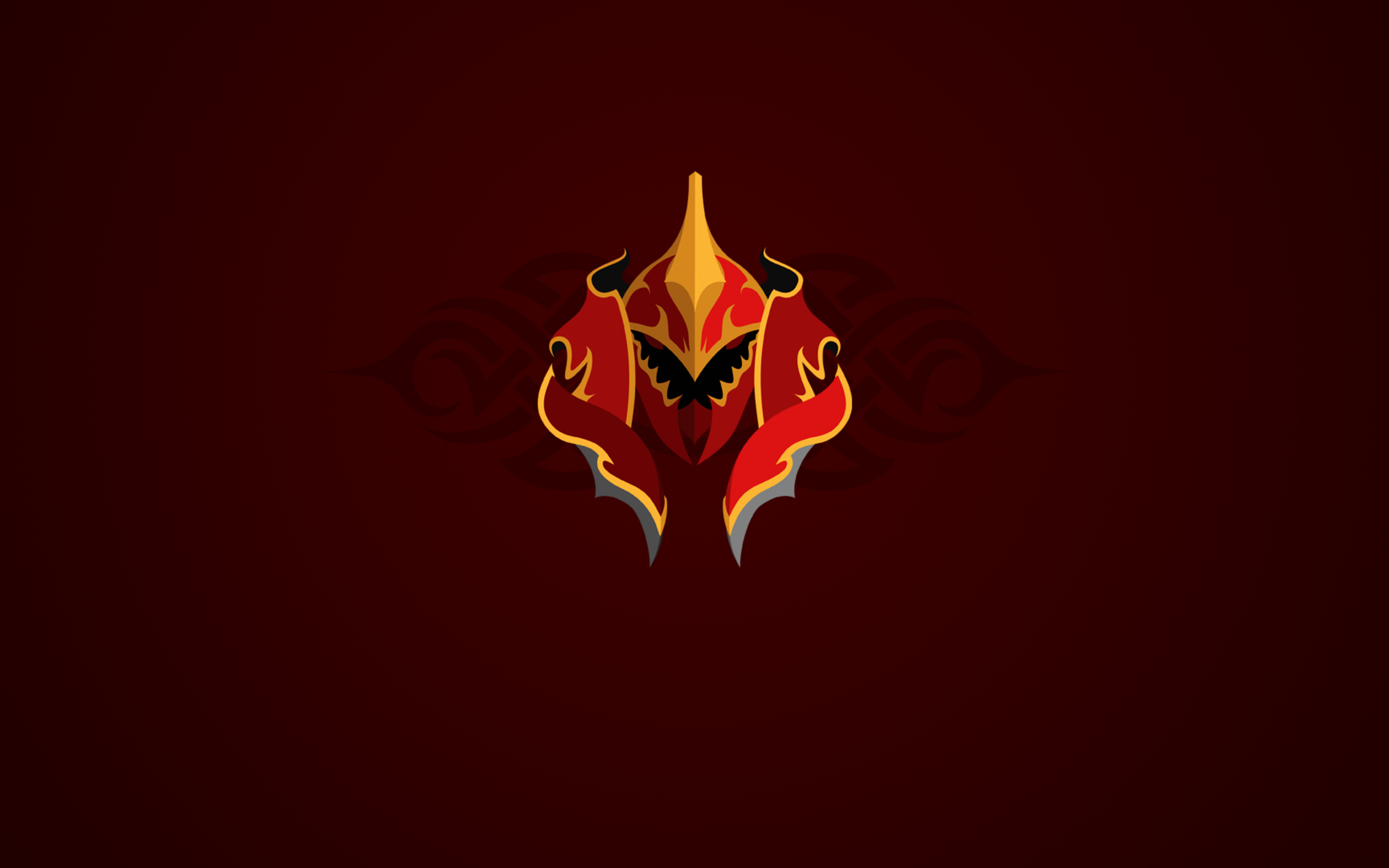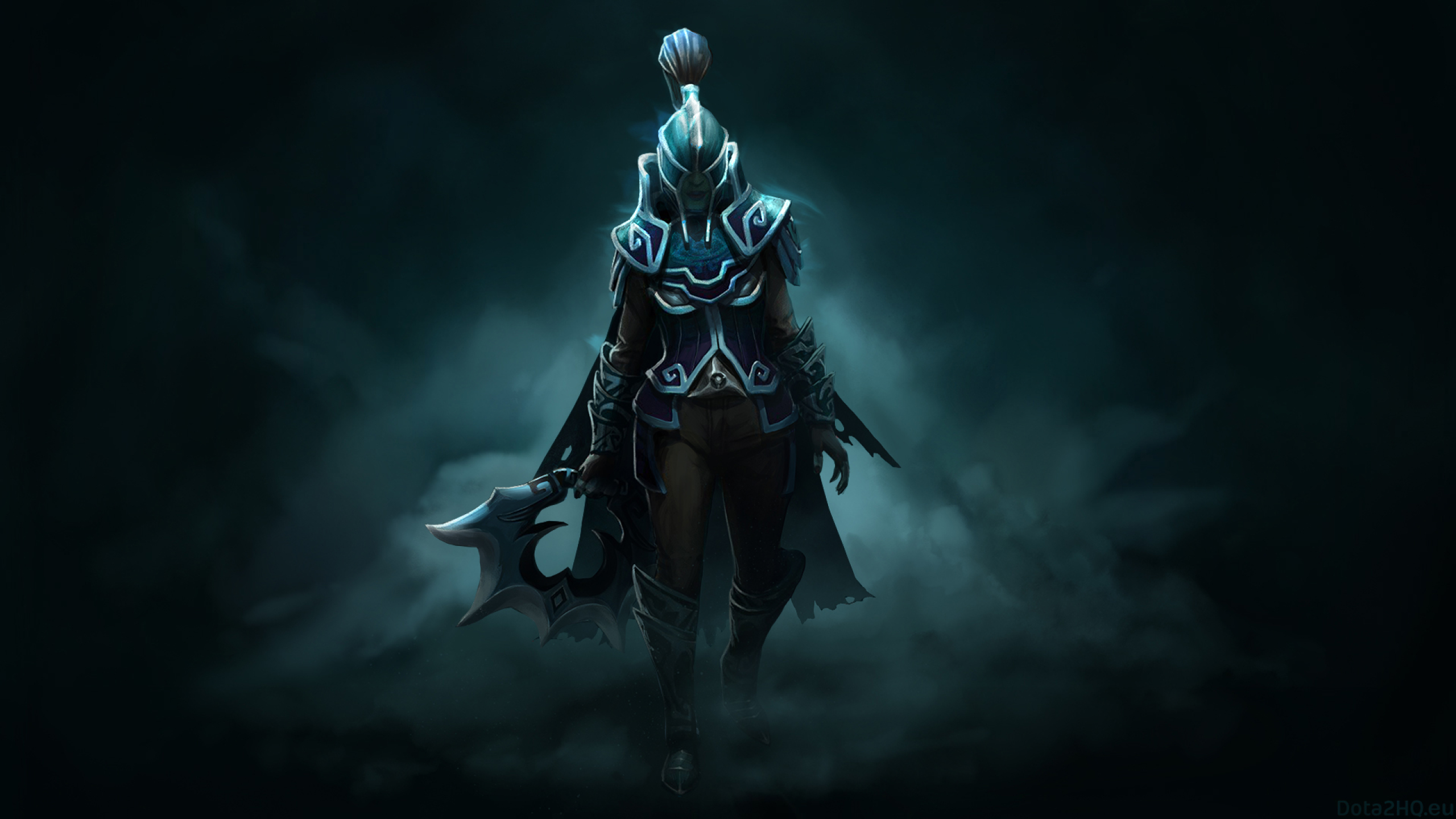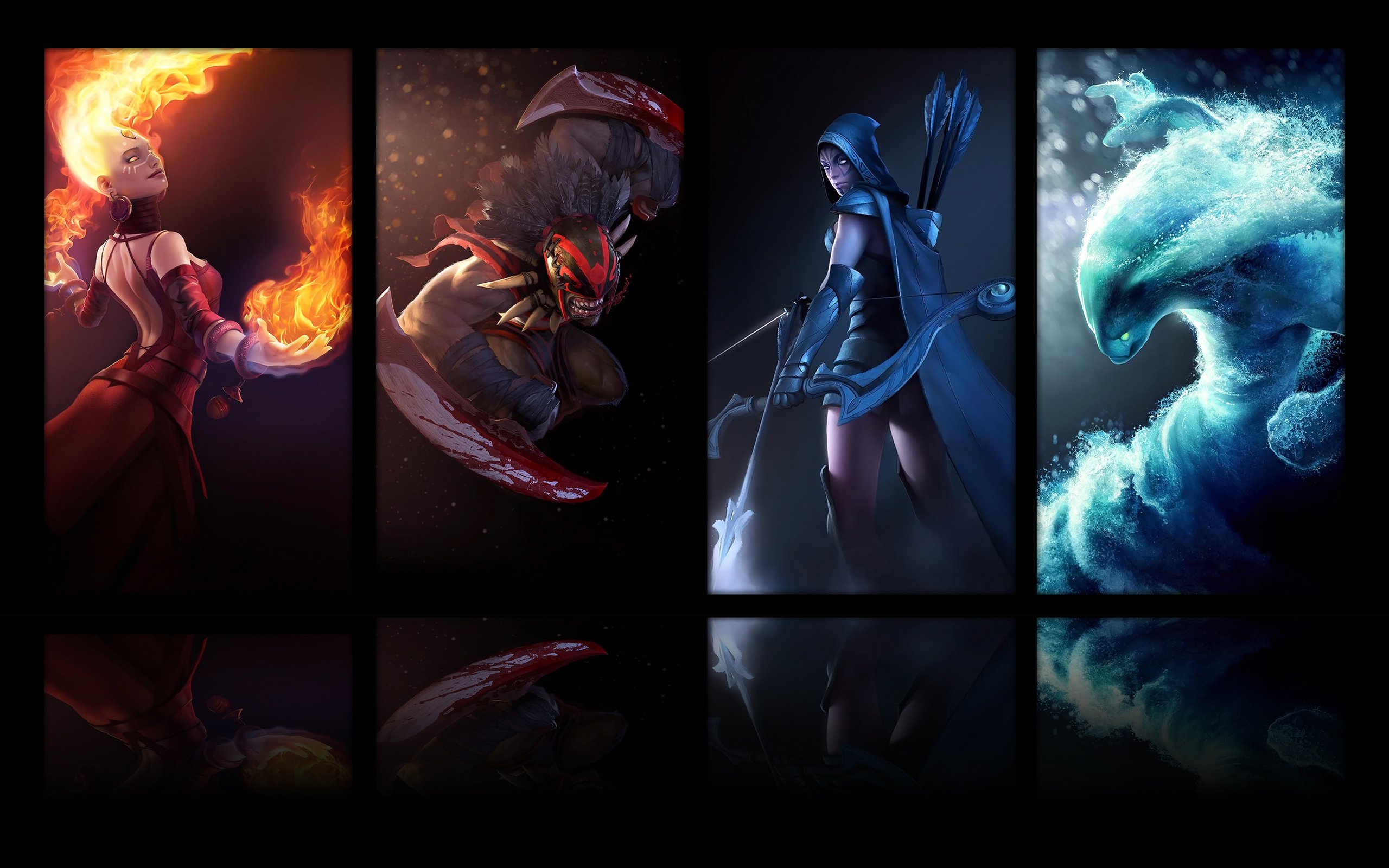
Instead of using temporal upscaling, FSR relies exclusively on spatial upscaling. DLSS has gone through more than one iteration, and right now at version 2.0, it's a major improvement over the initial release and it's also gathered decent game support after much work from Nvidia.įSR takes a different approach. Temporal upscaling means data is accumulated from multiple frames and combined into the final image, with the AI component running on Nvidia's Tensor cores to assist with this reconstruction. The most prominent form of this today is Nvidia's DLSS, the company's proprietary AI-based temporal upscaling solution that runs on GeForce RTX GPUs. Reducing the rendering resolution improves performance substantially, and if the upscaling technique is good enough, this can be achieved while preserving most of the image detail. Like DLSS and checkerboard rendering, the concept is that you can reduce the game's rendering resolution, and use an algorithm to upscale the image to your target resolution, typically the native resolution of your monitor. What is FSR?įSR is an upscaling technology that's designed to improve the performance of games at minimal loss to visual quality.

We've got a stack of quality comparisons at different resolutions, performance benchmarks across several GPUs, and comparisons to other upscaling technologies. This article is going to be a comprehensive overview of FSR. It's taken AMD a long time to prepare their own upscaling feature, but starting today AMD is ready to compete and now it needs to bring support for FSR in more games. This CPU was released back in April but only for use in OEM systems.Make no mistake, FidelityFX Super Resolution (or FSR, for short) is AMD's direct competitor to Nvidia's DLSS, a feature that's increasingly become a key selling point for GeForce graphics cards in the last 18 months. Then last month AMD said they would release to the general market alongside the 5600G in August, so next month. We've been trying to get one of these APUs for a while, but it hasn't been as easy in Australia.

#1440P DOTA 2 BACKGROUNDS PC#
Then a few weeks back we found an HP Pavilion desktop PC equipped with the 5700G, so we snapped one up to see what the chip can do.

Other reviewers have already tested it since the chip has been easier to find in other regions, but considering we're still 3 weeks away from the retail release, we might as well get testing. We pulled the 5700G out of the HP system, installed it in our AM4 test system and got to it.īut before we get into the testing, let's quickly discuss what the 5700G and 5600G are all about. The Ryzen 7 5700G is an 8-core, 16-thread processor using AMD's Zen 3 architecture, clocking up to 4.6 GHz with a 16 MB 元 cache and a 65W TDP.
#1440P DOTA 2 BACKGROUNDS SERIES#
This is the same Cezanne die that AMD's using for Ryzen Mobile APUs like the Ryzen 9 5900HX, and that means it's a monolithic die rather than chiplet based.īut what makes this chip different to other Ryzen 5000 series parts is the integrated graphics, but sadly it's not RDNA2 or even RDNA graphics, but rather Vega with 8 compute units clocked up to 2 GHz. As a result, along with the fact that AMD has to squeeze in the Vega 8 GPU, half the 元 cache has been removed, dropping the 5700G down to 16MB.


 0 kommentar(er)
0 kommentar(er)
